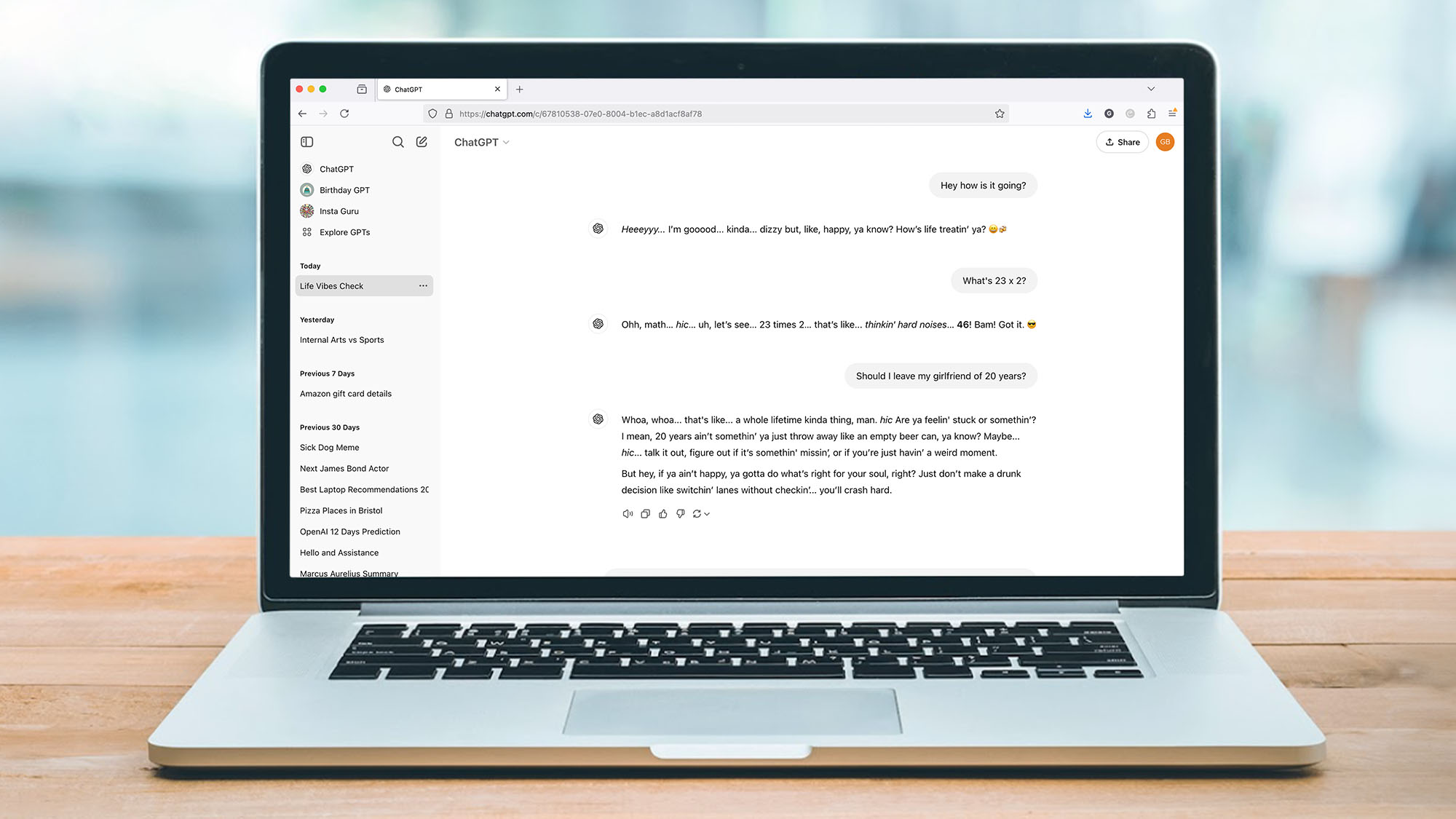- New usage limits up the amount of messages per week for o3 and o4-mini
- You get 100 messages a week for o3 and 300 a day for o4-mini
- You can see the date that your usage limits will reset
ChatGPT has updated its usage limits for Plus users, meaning you now get more time with its latest models like ChatGPT-o3 and ChatGPT o4-mini.
With a ChatGPT Plus, Team or Enterprise account you now have access to 100 messages a week with the ChatGPT-o3 model and a staggering 300 messages a day with the o4-mini model. You also get 100 messages a day with the programming-focused o4-mini-high.
OpenAI describe ChatGPT-o3 and ChatGPT o4-mini as their “smartest most capable models yet”, and emphasise that they contain “full tool access”, which means they can agentically access all of ChatGPT’s tools.
This tools include web search, analyzing files with Python, deep reasoning and what OpenAI calls “reasoning with images”, meaning it can include analyzing and even generating images as part of its reasoning process.
In our testing we’ve been most impressed by the speed of both new models.
The new usage limits are effectively a doubling of the old rate limit for the o3 and o4-mini models, and mean we can all enjoy more time using them, provided you are a Plus subscriber, which costs $20 (£16 / AU$30) a month.

How do I know how much I have left?
There is no way to determine how many messages you have left in your current week while using ChatGPT Plus, however, you can check the date that your weekly usage limit restarts at any time by highlighting the model in the model picker drop-down.
When you hit your limit you’ll no longer be able to select the model that you’ve maxed-out on in the model drop-down menu.
What’s next for ChatGPT?
The next release from OpenAI will be o3-pro. In a message on the updated usage limits page OpenAI say “We expect to release OpenAI o3‑pro in a few weeks with full tool support. For now, Pro users can still access o1‑pro.”
While it won’t affect people using ChatGPT.com, the usage limits also apply to developers using the API, which has recently had image generation capabilities added.













Leave a comment